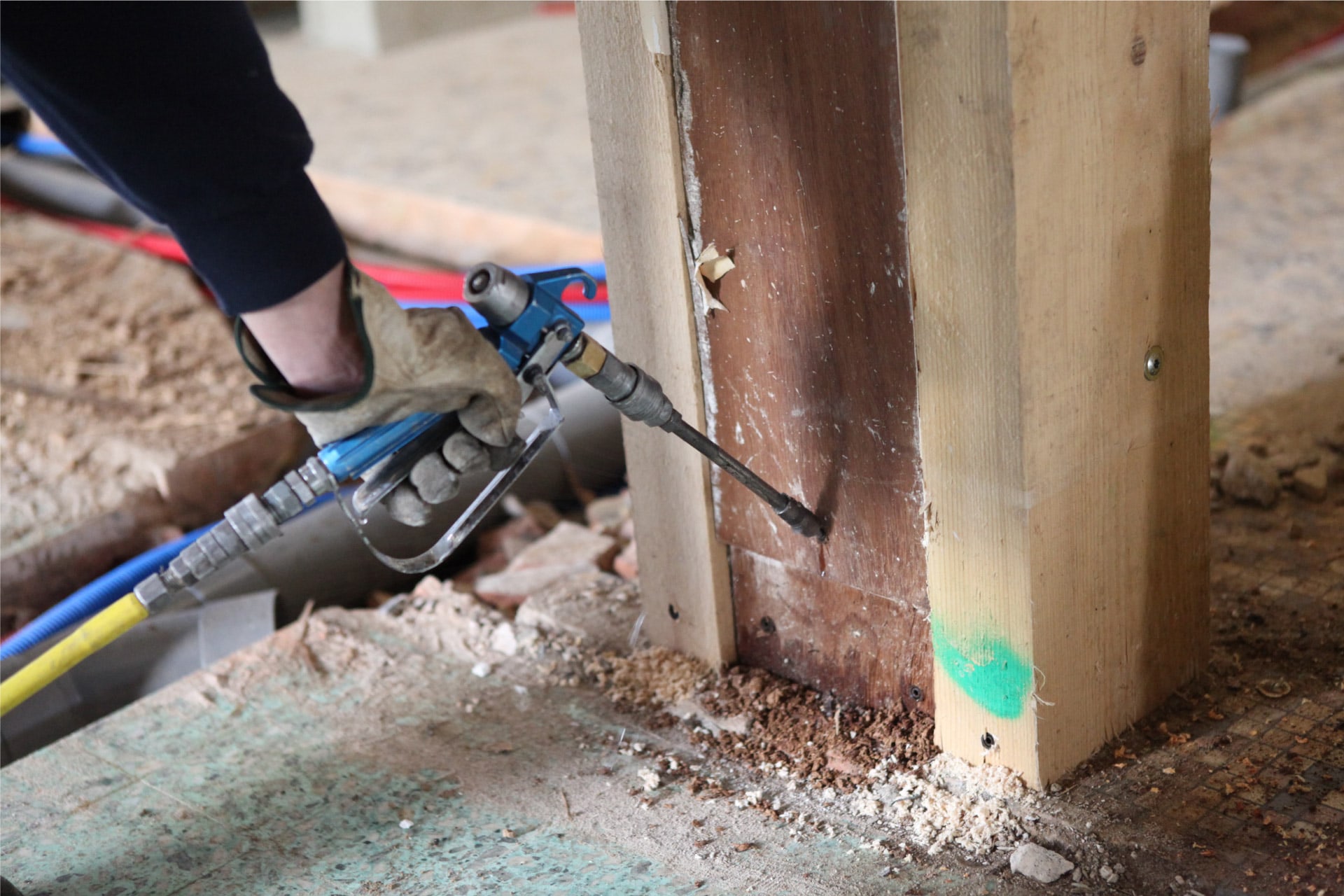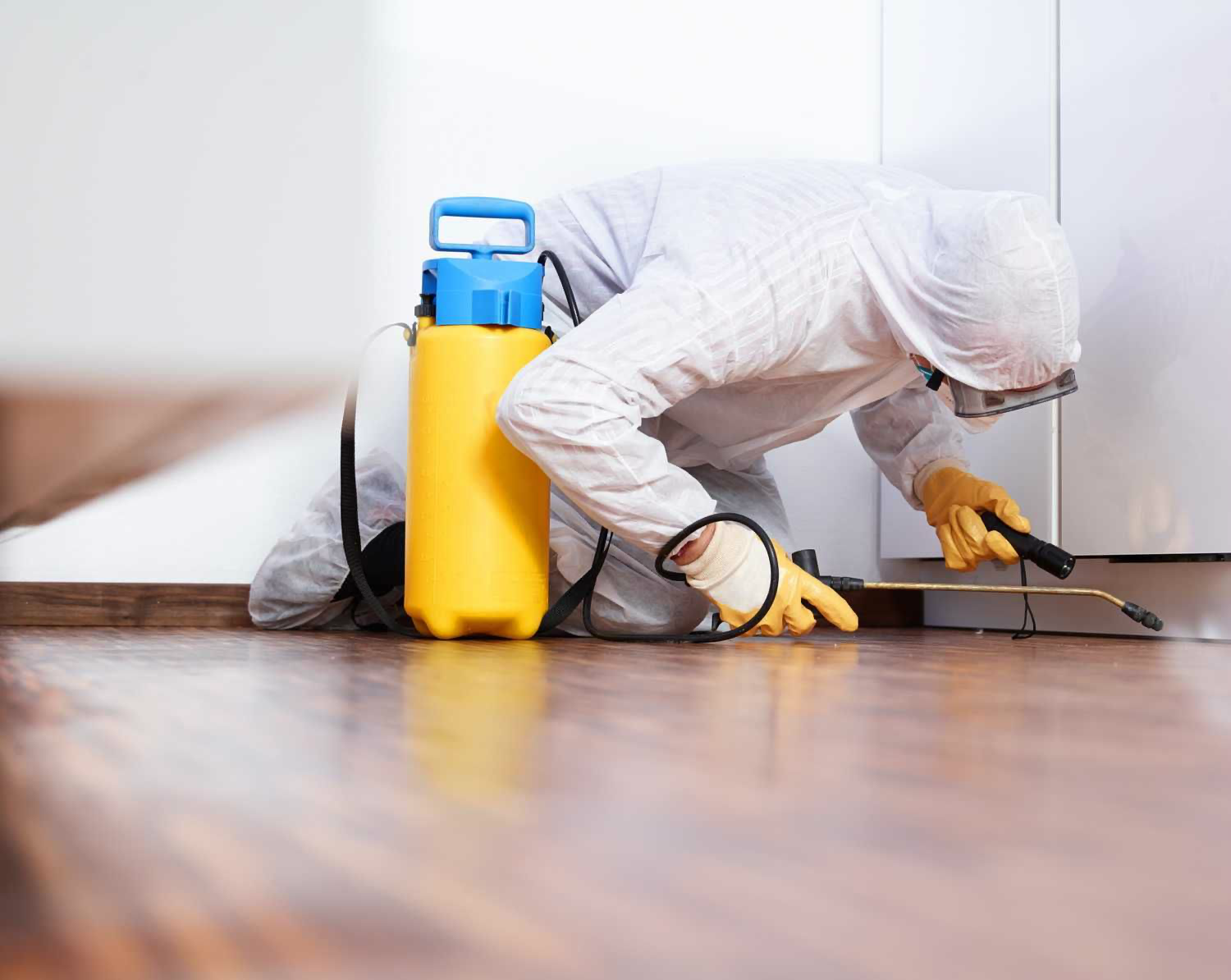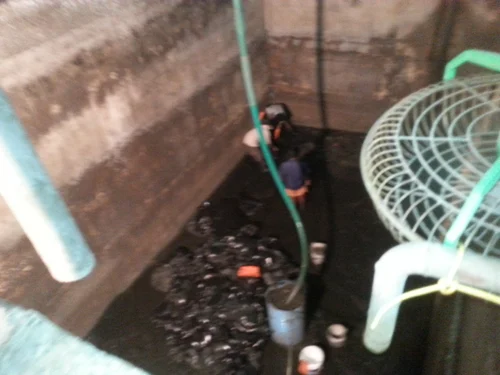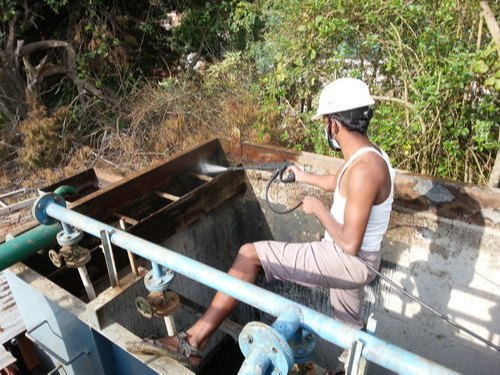Termite Treatment: Safeguarding Your Home from Silent Invaders
Termites, often referred to as “silent destroyers,” are tiny pests that can wreak havoc on your home without you even realizing it. These insidious insects feed on cellulose-based materials, which means they have a voracious appetite for wood, paper, and even certain fabrics. The damage caused by termites can be extensive and costly to repair. To protect your most significant investment – your home – it’s crucial to understand termite treatment methods, prevention strategies, and the importance of early detection.
Understanding Termite Behavior
Before delving into termite treatment options, it’s essential to understand termite behavior. Termites live in colonies that can number in the thousands or even millions. They work silently and relentlessly, tunneling through wood and other materials, leaving a trail of destruction in their wake. Termites have a caste system within their colonies, with workers, soldiers, and reproductive individuals all playing specific roles.
Signs of Termite Infestation
Detecting a termite infestation early can save you from costly structural damage. Here are some signs to look out for:
- Mud Tubes: Termites create mud tubes to protect themselves while traveling from their underground nests to their food sources. These tubes are a telltale sign of a termite presence.
- Damaged Wood: Hollowed or damaged wood that sounds hollow when tapped is a sign of termite activity.
- Discarded Wings: After swarming, termites shed their wings. Finding discarded wings around your home indicates a potential termite problem.
- Frass: Termite droppings, also known as frass, resemble tiny wood pellets. Finding them near wood structures is a clear sign of infestation.
- Visible Termites: In some cases, you may actually see termites, especially during swarm season when reproductive termites fly to establish new colonies.
Termite Treatment Options
Once you suspect or confirm a termite infestation, it’s crucial to take immediate action to prevent further damage. Here are some common termite treatment methods:
- Liquid Termiticides: Liquid termiticides are applied to the soil around your home’s foundation. These chemicals create a barrier that termites cannot cross, effectively killing them upon contact. They are an excellent choice for preventing termites from entering your home.
- Bait Systems: Termite bait systems consist of bait stations placed in the ground around your property. These stations contain a bait toxic to termites. The termites feed on the bait and take it back to their colony, eventually eradicating the entire colony.
- Termite Foams and Dusts: These products are applied directly into termite galleries, killing termites upon contact. They are particularly useful for localized infestations.
- Wood Treatments: For preventive measures, you can treat wood structures with termiticides or use termite-resistant treated wood in construction.
- Fumigation: In cases of severe infestations, fumigation may be necessary. This process involves sealing your home and introducing a gas that kills termites. It’s a highly effective but more invasive treatment option.
- Heat Treatment: Heat treatment involves raising the temperature within the infested area to levels that are lethal to termites. This method is particularly useful for drywood termite infestations.
- Natural Predators: Some homeowners introduce natural predators of termites, such as nematodes or certain types of fungi, to control termite populations.
Preventing Future Infestations
While termite treatment can eliminate existing infestations, it’s equally important to implement preventive measures to avoid future problems. Here are some tips for preventing termite infestations:
- Regular Inspections: Schedule regular termite inspections by a professional pest control expert to catch infestations early.
- Reduce Moisture: Termites are attracted to moisture, so fix any leaks or drainage issues around your home.
- Wood-to-Ground Contact: Avoid allowing wooden structures to directly contact the ground. Use concrete or metal barriers to create separation.
- Keep Firewood Away: Store firewood and lumber away from your home’s foundation, as they can attract termites.
- Seal Entry Points: Seal cracks and crevices in your home’s foundation, walls, and roof to prevent termites from entering.
- Choose Termite-Resistant Materials: When building or renovating, consider using termite-resistant materials such as treated wood or concrete.
- Maintain Landscaping: Trim trees and shrubs near your home to prevent branches or foliage from touching your house.
Call ~ 7447474074 ~ To Book your Service. Best Service @ Affordable Cost Assured.
Frequently Asked Questions (FAQs)
- Can I treat termites myself with store-bought products?
While some DIY termite treatments are available, professional pest control is recommended for effective and comprehensive treatment. - How long does termite treatment take?
The duration of treatment depends on the severity of the infestation and the chosen method. It can range from a few hours to several days. - Is termite treatment safe for pets and humans?
Most professional termite treatments are safe when applied by trained technicians. You may need to temporarily vacate your home during fumigation. - Can termites come back after treatment?
It’s possible for new colonies to form, so regular inspections are essential to catch any potential reinfestations early. - What is the cost of termite treatment?
Costs vary depending on factors like the method used, the size of your home, and the severity of the infestation. It’s best to request quotes from pest control professionals.
In conclusion, termite treatment is a vital step in protecting your home from the destructive nature of these silent invaders. Whether you’re dealing with an active infestation or taking preventive measures, understanding termite behavior, recognizing signs of infestation, and choosing the right treatment method are essential for safeguarding your home. By acting swiftly and responsibly, you can ensure that your home remains a termite-free haven for years to come.
Deep Cleaning Services in Thane ~ Water Tank Cleaning in Thane ~ Pest Control Services in Thane ~ Septic Tank Cleaning in Thane ~ Drainage line cleaning in Thane ~ Housekeeping Services in Thane ~ Well Cleaning in Thane ~ STP Operation Services in Thane ~ STP Maintenance Services in Thane ~ STP Setup Services in Thane ~ STP Installation Services in Thane ~ STP Cleaning Services in Thane ~ Ground Terrace Cleaning Services in Thane ~ Ground Cleaning Services in Thane ~ Terrace Cleaning Services in Thane ~ Construction Waste Disposal in Thane ~ Post Construction Cleaning Services in Thane ~ Post Renovation Cleaning Services in Thane




